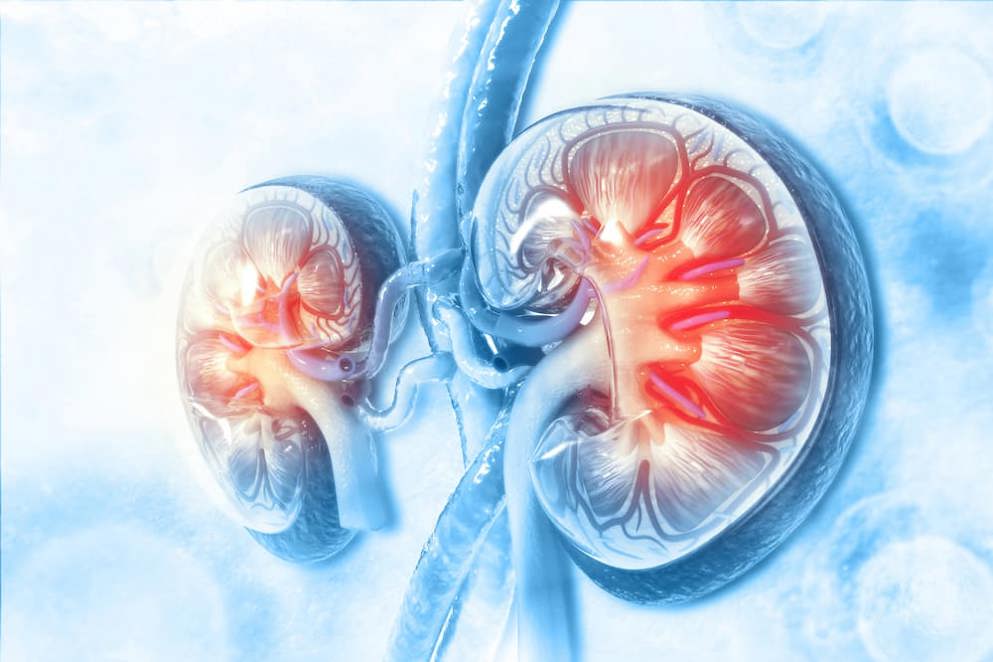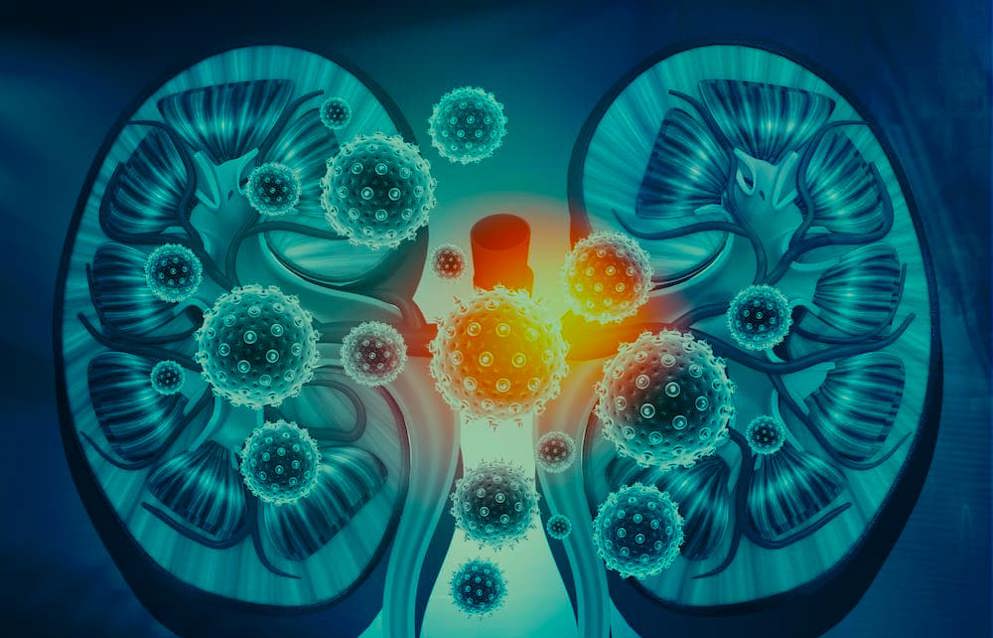Clinical utility of patiromer, sodium zirconium cyclosilicate, and sodium polystyrene sulfonate for the treatment of hyperkalemia: an evidence-based review.
Clinical utility of patiromer, sodium zirconium cyclosilicate, and sodium polystyrene sulfonate for the treatment of hyperkalemia: an evidence-based review
Introduction: Hyperkalemia is a serious medical condition that often manifests in patients with chronic kidney disease and heart failure. Renin–angiotensin–aldosterone system inhibitors are known to improve outcomes in these disease states but can also cause drug-induced hyperkalemia. New therapeutic options exist for managing hyperkalemia in these patients which warrant evidence-based evaluation.
Aim: The objective of this article was to review the efficacy and safety evidence for patiromer, sodium zirconium cyclosilicate (ZS9), and sodium polystyrene sulfonate (SPS) for the treatment of hyperkalemia.
Evidence review: Current treatment options to enhance potassium excretion are SPS and loop diuretics, which are complicated by ambiguous efficacy and known toxicities. Patiromer and ZS9 are new agents designed to address this treatment gap. Both unabsorbable compounds bind potassium in the gastrointestinal (GI) tract to facilitate fecal excretion. The capacity to bind other medications in the GI tract infers high drug–drug interaction potential, which has been demonstrated with patiromer but not yet investigated with ZS9 or SPS. Phase II and III clinical trials of patiromer and ZS9 demonstrated clear evidence of a dose-dependent potassium-lowering effect and the ability to initiate, maintain, or titrate renin–angiotensin–aldosterone system inhibitors. There is limited evidence base for SPS: two small clinical trials indicated potassium reduction in chronic hyperkalemia. All agents may cause adverse GI effects, although they are less frequent with ZS9. Concerns remain for SPS to cause rare GI damage. Electrolyte abnormalities occurred with patiromer and SPS, whereas urinary tract infections, edema, and corrected QT-interval prolongations were reported with ZS9.
Conclusion: Patiromer and ZS9 have improved upon the age-old standard SPS for the treatment of hyperkalemia. Additional research should focus on drug–drug interactions in patients on multiple medications, incidence of rare adverse events, and use in high-risk populations.
Read abstract on library site Access full article





Hodgkin Lymphoma: Comments on ESMO Clinical Practice Guidelines
The ESMO for HL guidelines were based on results of studies whose results were available in 2018 and provided robust recommendations regarding treatment strategies designed on PET based staging and early response assessment.